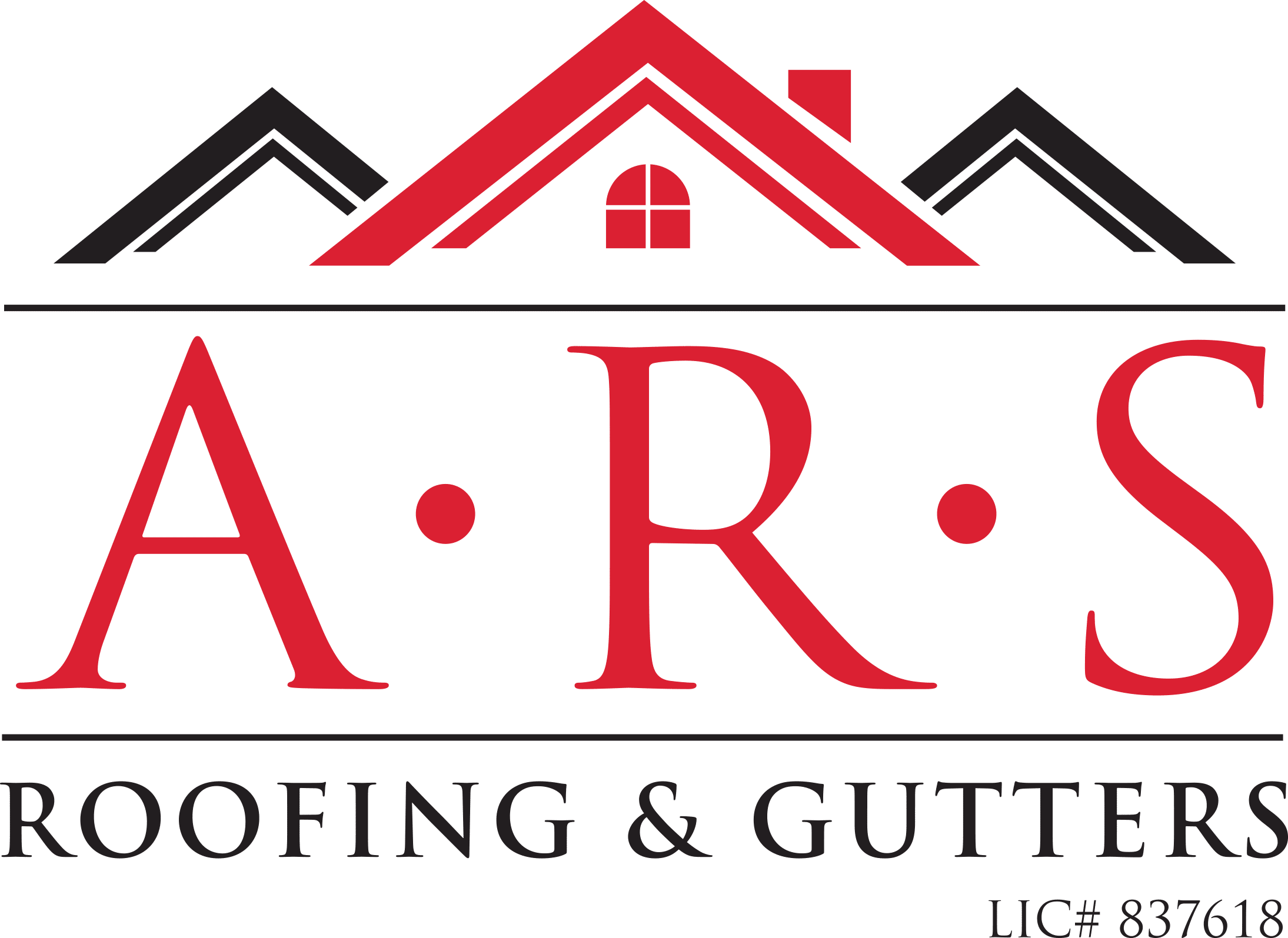When choosing a roofing material, many homeowners focus on durability, insulation, and curb appeal. While these are essential factors that should be discuses with your roofing contractors Marin County, the long-term appearance of your roof can also be influenced by an often-overlooked element: ultraviolet (UV) rays from the sun. Over time, these UV rays can significantly impact the color of your roof, causing it to fade or degrade. In this article, we’ll explore how UV rays affect roof color, why this matters for homeowners, and how you can mitigate the impact.
How UV Rays Affect Roof Color
Ultraviolet (UV) rays are a type of electromagnetic radiation emitted by the sun. Though invisible to the naked eye, they can have a powerful effect on many surfaces, including roofing materials.
Pigment Breakdown
The color in roofing materials comes from pigments, which are susceptible to UV radiation. UV rays can break down the molecular structure of these pigments, causing the color to lighten or dull. When the pigments deteriorate, the roof loses its vibrant color and starts to look worn out. Access to UV-resistant roofing materials is an essential question to ask before hiring a roofing contractor.
Reflectivity Decrease
Roofing colors, particularly lighter shades, often serve a practical purpose: reflecting sunlight to keep homes cooler. However, as UV rays fade the roof color, the material becomes less reflective over time. This can lead to an increase in roof surface temperature, ultimately affecting your home’s energy efficiency and increasing cooling costs.
Accelerated Aging
As the sun continuously beats down on your roof, it weakens the material, causing it to crack, warp, or blister. The loss of color is often one of the first visible signs that your roof is experiencing UV damage, but the underlying structural integrity of the roof may also be compromised.
Roofing Materials Most Affected by UV Rays
Not all roofing materials are equally vulnerable to UV rays. Let’s take a look at how UV radiation impacts the most common types of roofing materials and what you can expect in terms of color fading. Knowing which type of roof has the longest lifespan can help you make a decision with lasting results.
Asphalt Shingles
Asphalt shingles are the most commonly used roofing material in the U.S. While they are affordable and easy to install, they are also prone to UV damage.
Metal Roofing
Metal roofs are more resistant to UV damage, but they are not completely immune. Over time, the paint or coating on metal roofing can fade or become discolored.
Wood Shakes and Shingles
Wood roofing, such as cedar shakes, is another material that is highly susceptible to UV damage. UV rays can cause the wood to dry out and become brittle, leading to cracking, warping, and a significant color change.
Tile and Slate
While there are pros and cons to different residential roof types, tile and slate roofs are generally more UV-resistant compared to asphalt or wood. However, prolonged sun exposure can still cause some fading.
Why Roof Color Matters
You might wonder why the color of your roof is so important. Aside from aesthetics, roof color plays a crucial role in both energy efficiency and property value.
Curb Appeal
A faded, discolored roof can drastically affect your home’s curb appeal, making it look older and less well-maintained than it really is. For homeowners planning to sell their property, a roof with noticeable fading may turn off potential buyers or reduce the home’s value, while a new roof can help increase the value of your home.
Energy Efficiency
As mentioned earlier, roof color influences how much heat your roof absorbs. A faded roof that has lost its reflective properties can make your home hotter, increasing your reliance on air conditioning. This not only raises your energy bills but also puts more strain on your HVAC system.
Longevity
Fading often indicates more serious underlying issues, such as UV damage to the roofing material itself. When roof color fades, it’s a sign that the material is beginning to degrade, which could lead to costly repairs or a full roof replacement if not addressed promptly.
How to Protect Your Roof from UV Rays
While UV rays are an unavoidable aspect of nature, there are steps you can take to minimize their impact on your roof’s color and longevity.
Apply Protective Coatings
Many roofing materials, especially metal and wood, benefit from protective coatings. These coatings are designed to block UV rays and prevent them from breaking down the pigments in your roof. This application process can be tricky and requires expertise so homeowners should always hire professional residential roofing contractors for the best results.
Choose UV-Resistant Materials
When selecting roofing materials, prioritize those that are specifically designed to resist UV damage. For instance, metal roofs with high-quality finishes or clay tiles with integral coloring (where the color is embedded throughout the material) will last longer without significant fading.
Regular Maintenance
Following a seasonal roof maintenance checklist is key to keeping your roof looking its best despite UV exposure. Regularly inspecting your roof for signs of wear and tear can help you spot color fading early on, allowing you to take action before the damage becomes significant. Cleaning your roof of debris and algae growth also prevents premature aging and discoloration.
Protect Your Roof from UV Damage with ARS Roofing
If your roof is showing signs of fading or UV damage, it might be time for a professional inspection. ARS Roofing specializes in roof repairs and maintenance to protect your home from the harsh effects of the sun. Contact ARS Roofing today to schedule a consultation with our expert roofing contractors in Marin County and learn more about how we can help preserve your roof’s appearance and functionality.
